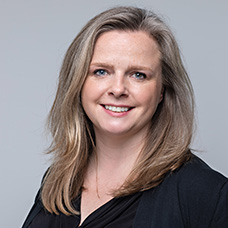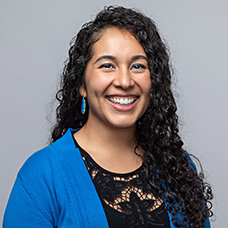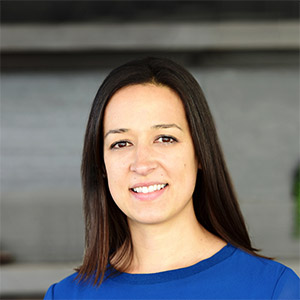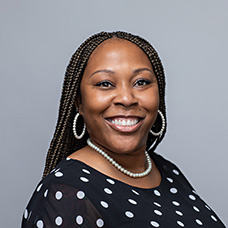Empowerment Zones
Empowering educators through transformative district partnerships
We work with communities to design and launch sustainable local partnerships that enable transformative district schools. Empowerment Zone educators have the flexibility to make decisions that are right for their students, community, and staff.

Why Empowerment Zones Matter
Outstanding schools across the country demonstrate what is possible when educators and community members are aligned and invested in the mission and strategies of their school. We believe the path to success is not one-size-fits-all, and that educator voice and community collaboration is a critical driver of school improvement and innovation in each school.
The Empower Schools Solution
Communities and districts have adopted Empowerment Zones as a strategy to:
- accelerate and sustain the success of existing strong principals and educator teams;
- help transform their lowest-performing schools; and
- support new and innovative school designs that require a different set of conditions to launch, sustain, and thrive.
- are responsible for meeting ambitious goals set collaboratively with the district.
- follow important district policies on matters such as enrollment.
- have key design and operating autonomies enabled and ensured by a partnership agreement.
- are overseen by a dedicated nonprofit board founded in partnership with – and made up of – local district leaders, educators, and community members.
At the state level, we work to create the enabling conditions and pathways to expand impactful systems of great schools. At the district and school levels, we create the conditions and systems for local leaders and educators to design and implement innovative ideas, scale impact, and advance outcomes for the students they know best.
How Empowerment Zones Work
An Empowerment Zone creates empowering conditions of autonomy, accountability, sustainability, and support.
For example, the Springfield Empowerment Zone Partnership (SEZP) was created in 2014 to accelerate student achievement and support innovation in school designs in underperforming schools in Springfield, Massachusetts. SEZP is a collaboration between Springfield Public Schools, the Massachusetts Department of Elementary and Secondary Education, and the Springfield Education Association. SEZP includes 13 district schools serving 5,300 students.
Hover over to see how these conditions have played out in the Springfield Empowerment Zone
Autonomy
Autonomy +
Accountability
The Zone has also adopted a holistic School Performance Management Framework that provides a shared definition of success and sets clear targets and expectations for when targets are not met.
Accountability +
Sustainability
SEZP is governed by a non-profit board of directors made up of district and community representatives.
The Zone’s lean staff and governing board provide a dedicated structure that can narrowly focus on and advocate for schools in the Zone.
Sustainability +
Support
Support +
Our Work So Far
States
Partnerships
Students impacted
Students of color

“It’s the innovation that educators are crying out for. We are highlighting the art of teaching and it empowers teachers to fall in love with teaching again. I truly know that I’m affecting real change, not only in my classroom but in the whole school. That kind of autonomy and investment creates an environment where everybody is engaged.”
– On’Draya, Springfield Educator















































